Creedence Clearwater Revival's hit song, "Have You Ever Seen the Rain", is an easy song for you to try, and learning it's guitar chords is an ideal chance for you to incorporate some music theory.
By learning some music theory behind the song, it will help you to learn this song faster and better. Don't worry, it won't take too much time for us to spend working on it.
Four Easy Chords to Learn
We are going to use four easy chords to learn this song. These are Am, F, C, and G.
I know some of you might be thinking that F is not an easy chord. But don't you worry, as we'll be using a non-barred F chord. However, if you know these chords, feel free to skip to the next section.
We start out with a folk-style C chord. For this chord, place your ring finger on the fifth string third fret, middle finger on the fourth string second fret, and index on the second string first fret.
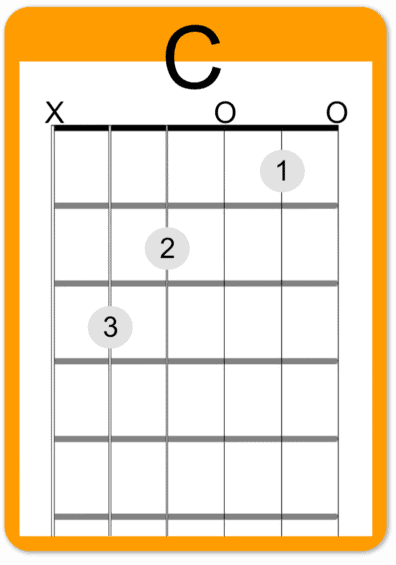
The next chord is Am, where you simply move your ring finger to the third string second fret, while the other fingers stay put.
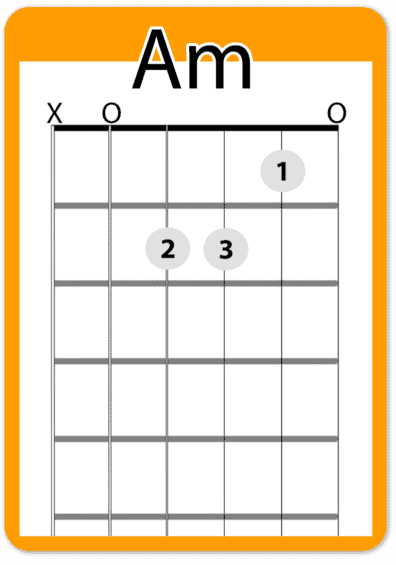
Let´s skip the F for now and move on to the G chord.
I'm going to use a pinky G to make it an easier switch from G to the following C chord.
The pinky G has the ring finger on the sixth string third fret, middle finger on the fifth string second fret, and the pinky on the first string third fret. However, feel free to use any G that suits you.
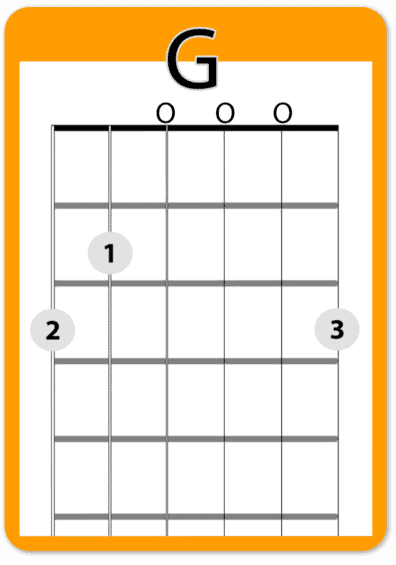
Now for the F chord, we´re going to place the ring finger on the fifth string third fret, middle finger on the third string second fret, index on the second string first fret and then add the pinky on the fourth string third fret.
The index finger, besides pressing on the second string, will also help us to mute the first string by using the fleshy part on the bottom.
The next step is to use the index finger to bar just the first and second string to add more to the F chord.
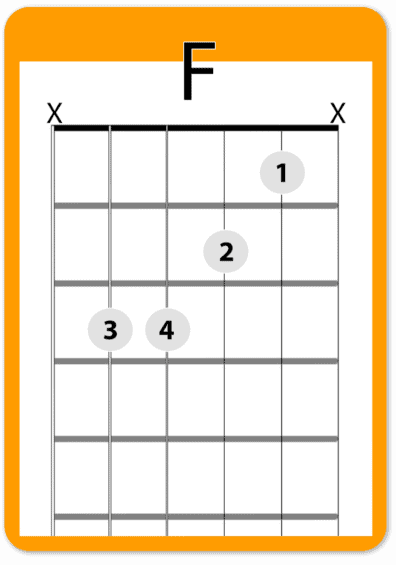
From this F chord we can easily move on to the C chord, but just removing the pinky and moving the third finger from the third to the fourth string, still on the second fret.
Practice Walk-Through
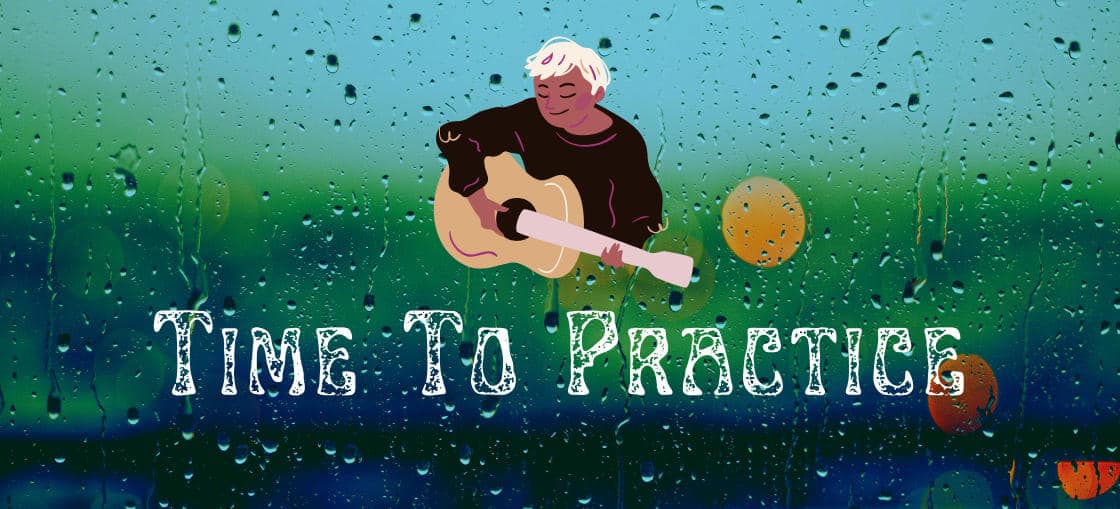
For this practice walk-through, we´re just going to play one chord per measure as we map out the song form. This is good practice to see where the chords land in relation to the words of the song.
The structure or form of the song is quite simple. I call it A - B - A, or just verse, chorus, verse, chorus chorus. We´re going to map out one verse and one chorus, and then you can just repeat the same as they are identical as far as where the chords land.
The first half of the verse features four bars of C, two bars of G, and two bars of C. We then repeat the same exact thing for the second half of the verse.
We then go on to the chorus. Here we start with one bar of F, one of G, one bar of C ending in one bar of Am.
That sequence repeats and then we end in one bar of F, one of G and two bars of C. Keep in mind that each bar is just one strum per chord.
At the end of the chorus, we have one bar of G that strums repeatedly before moving on to the second verse.
A Common Chord Progression

The chorus chords on Have You Ever Seen The Rain are quite common. They are used in endless songs.
This is important as it can help you learn songs faster by understanding the theory behind it. I always tell my students that the best way to practice chords is by using them in common chord progressions.
This helps you remember the sound of the entire progression on your ear and makes learning songs much easier.
It makes more sense than practicing random chords or just learning songs without discerning common aspects in their progression.
This progression of F, G, C and Am is referred to as a IV V I vi progression. Here, we are in the key of C, which is why the C chord is the I chord.
Different Strum Patterns
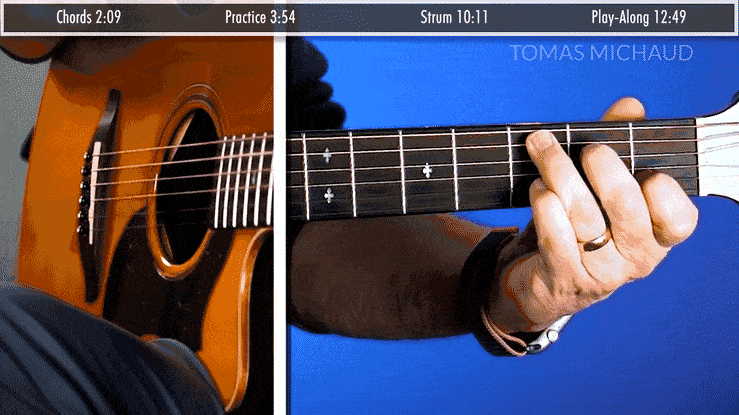
This can be either an easy strum pattern or a more challenging one. The basic version of the pattern is just up-down.
In other words, you´re going to be strumming down on the downbeat and up on the upbeat, repeatedly for every beat. If you´re just starting out, this may be the way to go.
On the other hand, if you wish to add a bit of swag to the pattern, we´re going to try a palm mute in conjunction with the down-up. This pattern is DU - UDU -U. The mutes go right where the dashes are.
Try it slowly first making sure you get the basic movements right. Once you feel secure, you can then speed it up until it reaches the desired speed.
On the video, we have a play-along section that can be of great help when practicing at the right speed.
Conclusion
Have You Ever Seen the Rain by Creedence Clearwater Revival is a great song for practicing your strumming, developing a greater sense of song form, and [a way to] keep on improving overall.
Because it features simple chords, it is also a great chance to start thinking about how chord progressions move and the theory behind it.
For instance, if the song is too high for your voice, you can transpose lower, using the IV V I vi progression in another key.
In the end, knowing just a bit of theory will help you greatly when learning songs and on your journey to become a better musician. As always, remember to have fun!
If you liked this practice song, be sure to subscribe to my YouTube channel so you'll know when I release more songs, helpful tips, and monthly Q&A sessions!
Would you like to learn how to easily change the key of a song? Check out the post below!



